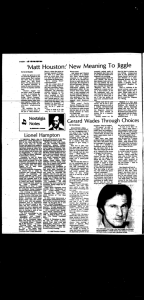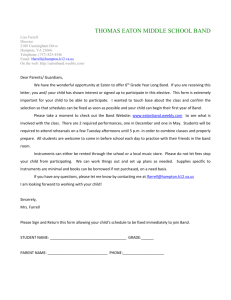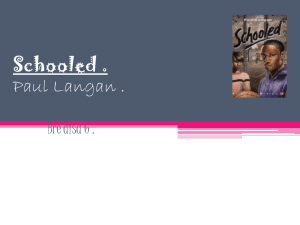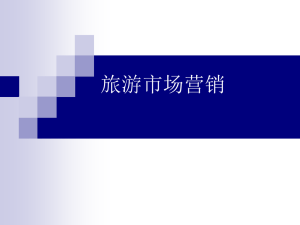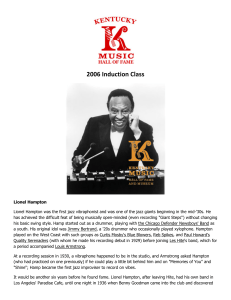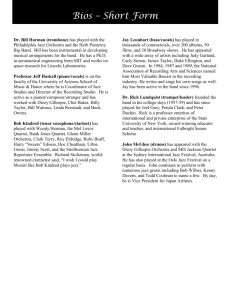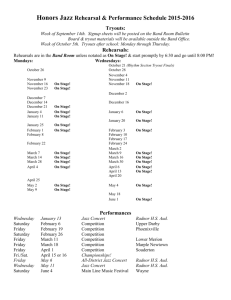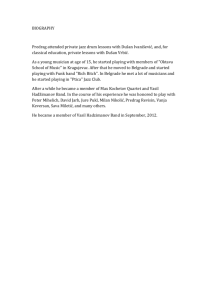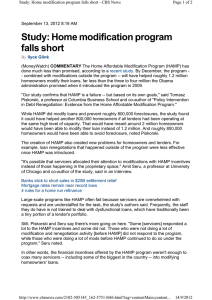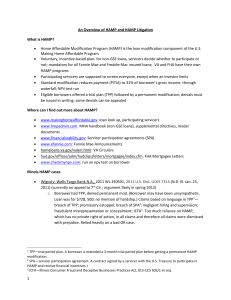Lionel Hampton - New JM2 Home Page
advertisement
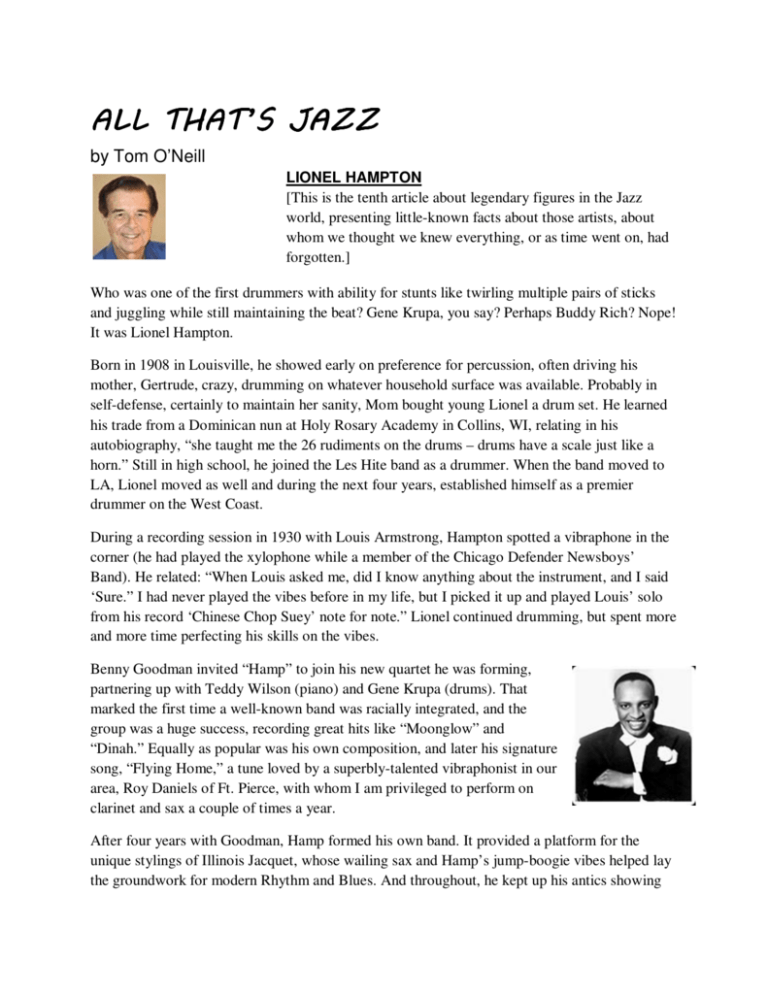
ALL THAT’S JAZZ by Tom O’Neill LIONEL HAMPTON [This is the tenth article about legendary figures in the Jazz world, presenting little-known facts about those artists, about whom we thought we knew everything, or as time went on, had forgotten.] Who was one of the first drummers with ability for stunts like twirling multiple pairs of sticks and juggling while still maintaining the beat? Gene Krupa, you say? Perhaps Buddy Rich? Nope! It was Lionel Hampton. Born in 1908 in Louisville, he showed early on preference for percussion, often driving his mother, Gertrude, crazy, drumming on whatever household surface was available. Probably in self-defense, certainly to maintain her sanity, Mom bought young Lionel a drum set. He learned his trade from a Dominican nun at Holy Rosary Academy in Collins, WI, relating in his autobiography, “she taught me the 26 rudiments on the drums – drums have a scale just like a horn.” Still in high school, he joined the Les Hite band as a drummer. When the band moved to LA, Lionel moved as well and during the next four years, established himself as a premier drummer on the West Coast. During a recording session in 1930 with Louis Armstrong, Hampton spotted a vibraphone in the corner (he had played the xylophone while a member of the Chicago Defender Newsboys’ Band). He related: “When Louis asked me, did I know anything about the instrument, and I said ‘Sure.” I had never played the vibes before in my life, but I picked it up and played Louis’ solo from his record ‘Chinese Chop Suey’ note for note.” Lionel continued drumming, but spent more and more time perfecting his skills on the vibes. Benny Goodman invited “Hamp” to join his new quartet he was forming, partnering up with Teddy Wilson (piano) and Gene Krupa (drums). That marked the first time a well-known band was racially integrated, and the group was a huge success, recording great hits like “Moonglow” and “Dinah.” Equally as popular was his own composition, and later his signature song, “Flying Home,” a tune loved by a superbly-talented vibraphonist in our area, Roy Daniels of Ft. Pierce, with whom I am privileged to perform on clarinet and sax a couple of times a year. After four years with Goodman, Hamp formed his own band. It provided a platform for the unique stylings of Illinois Jacquet, whose wailing sax and Hamp’s jump-boogie vibes helped lay the groundwork for modern Rhythm and Blues. And throughout, he kept up his antics showing unstoppable energy, dancing on the drums, and was often heard humming and groaning during his vibes solos, and just plain grandstanding for his audience. He was doing what he loved, and it showed. Although his detractors would say: “Here comes the circus,” his audience adored it! Over the years, his band launched the careers of Dinah Washington, Joe Williams, Dexter Gordon, Charlie Parker and Quincy Jones, to name just a few. For over 25 years, he and his band traveled the world. He continued, during the mid-60s through the late 80s, to record and perform with smaller groups, which included Chick Corea, Charlie Mingus, Woody Herman and Gerry Mulligan. He performed with a litany of other stars (see photo). He received 17 honorary University Degrees, numerous Keys to Cities, various Lifetime Achievement awards, the Papal Medal from Pope John Paul Vi in 1968. But what he was most proud of was his work as an educator with the University of Idaho, beginning in the early 80s, establishing his dream for the future of music education. In 1985, the University named its annual Jazz Festival after Hamp. In ’87, their School of Music was renamed after him. Ensuring that his vision lives on, the University built a $60 million Lionel Hampton Center to provide a “home for jazz,” to teach and preserve the heritage of jazz. More devastating to Hamp than the two mild strokes in 1995 that required him to use a cane or wheelchair, was the winter of 1997 fire at his NYC apartment, which destroyed most of his belongings. Collections of vintage recordings, musical instruments, and invaluable memorabilia – gone forever. But you, dear reader, can gain an insight into this wonderful musician’s life by reading his autobiography (“Hamp: An Autobiography,” published by Warner Books, November 1989; available from Amazon ISBN-13 No. 978-0446710053), or listening to his music (I suggest “Best of Lionel Hampton, CD, Point Records; also available from Amazon, ASIN No. B00004RDH2). He left this world in 2002, at age 94. But from his autobiography, a lesson for us all: “Gratitude is when memory is stored in the heart and not in the mind.” Tom and his wife Cheryl perform locally as “Just Me 2”, a live music duo specializing in songs from the Great American Songbook. They can be reached at (772) 532-5054 or at www.JustMeLiveMusic.com. See them on Facebook at www.facebook.com/JustMeLiveMusic
